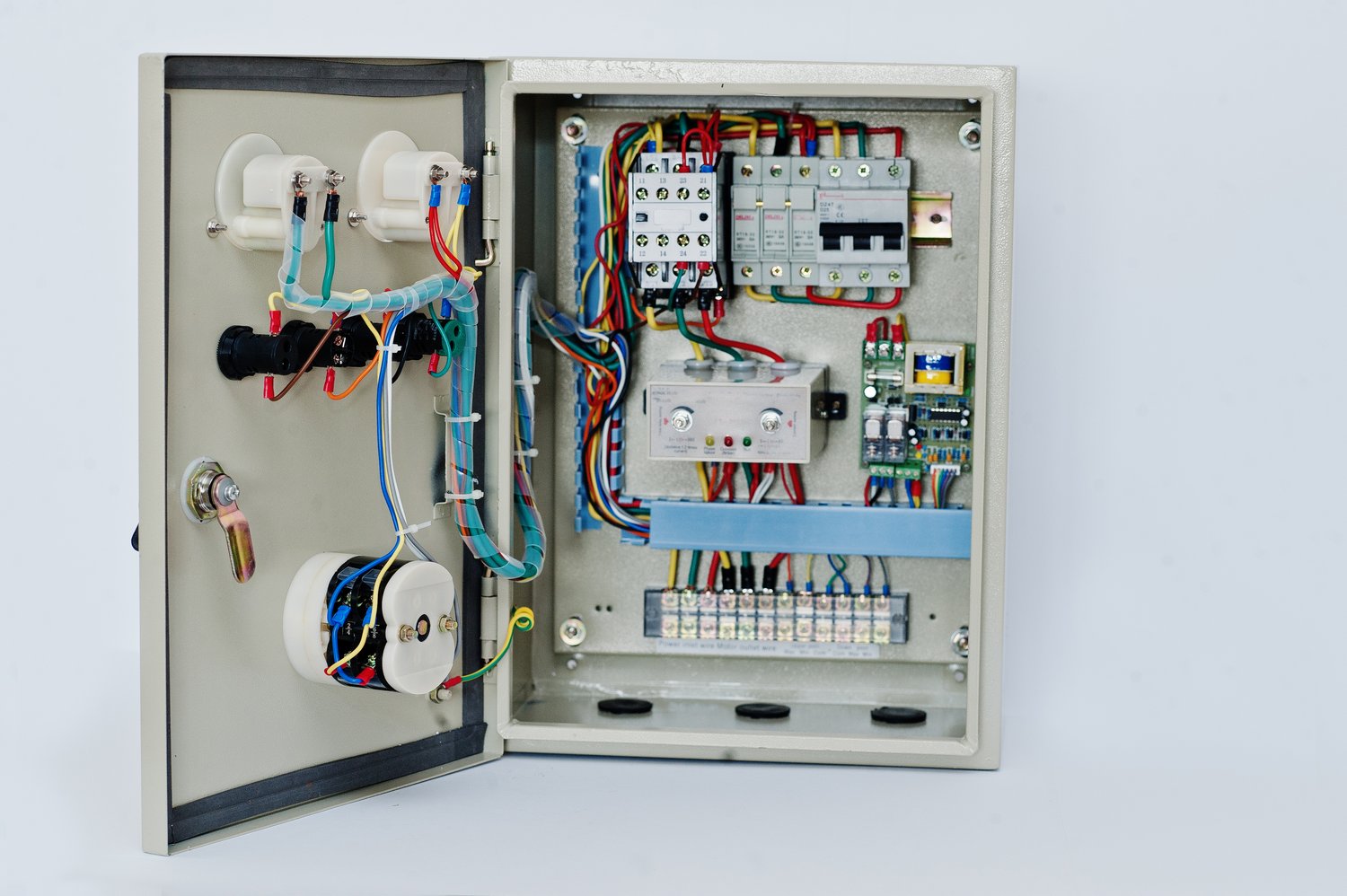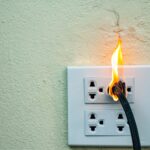Imagine the tangled web of wiring hidden within our walls, reliably powering our homes and workplaces. But what ensures these connections remain safe and efficient? Enter the electrical junction box, a pivotal component in maintaining not just power, but also the security of our electrical systems. As we delve into this article, you’ll uncover the essentials of ensuring code compliant wiring connections, a critical step in preserving both functionality and safety.
- Learn about the importance of code compliance in electrical junction box installations for optimal safety and system performance.
- Discover how to select the right junction box based on factors like size, material, and environment specifics.
- Explore practical tips and techniques for implementing code compliant wiring connections to enhance system reliability.
By the end of this journey, you’ll have a comprehensive understanding of aligning electrical junction box installations with regulatory standards, promoting both secure operations and the longevity of your electrical systems. Let’s dive deep into this vital aspect of electrical infrastructure, navigating the path of compliance and innovation hand-in-hand.
Understanding Electrical Junction Box Installation: Code Compliant Wiring Connections
Installing an electrical junction box with code compliant wiring connections is paramount for ensuring both safety and functionality in your electrical system. A key aspect of any electrical project, these boxes serve as essential components where wires intertwine, protecting connections from various hazards.
Compliance with electrical codes is not merely a regulatory requirement; it plays a crucial role in preventing electrical failures and fires. These regulations are designed to maintain the integrity of electrical systems, ensuring that they operate efficiently and safely under all conditions.
When junction boxes are installed correctly, they provide physical protection to wiring connections, reducing the risk of short circuits and shocks. This safeguards not only the system but also the individuals who interact with these electrical setups.
In addition to safety, properly installed junction boxes contribute significantly to the functionality of electrical systems. By promoting organized wiring and easy access for maintenance, they enhance system efficiency and longevity.
Essentials of Selecting the Right Junction Box
Selecting the right junction box is a crucial step in any electrical installation, influencing both the safety and performance of your system. Several critical factors come into play when making this choice.
The size of the junction box is a fundamental consideration. It must be spacious enough to accommodate all wiring connections, ensuring there’s no overcrowding, which could lead to overheating or damage.
Material is another essential factor. Junction boxes come in different materials such as plastic or metal, each with unique benefits. Metal boxes offer superior protection in high-impact environments, while plastic boxes are ideal for non-metallic cable installations due to their corrosion resistance.
Protective features tailored to specific environments should also guide your choice. For wet or damp locations, selecting a junction box with moisture-resistant features is vital for maintaining safe and reliable connections. Fire-resistant boxes are crucial in environments prone to higher temperatures.
By considering these factors, you ensure that your junction box will support a safe, durable, and efficient electrical system suited to your specific needs.
Implementing Electrical Junction Box Installation: Code Compliant Wiring Connections Techniques
Correctly implementing electrical junction box installation with code compliant wiring connections is essential for the overall safety and reliability of any electrical system. A well-installed junction box not only improves system functionality but also minimizes risks associated with electrical faults.
First, understanding the specific electrical codes and regulations is crucial. Each region may have its electrical code requirements, and adhering to these ensures that the installation is safe and reliable. These codes often provide detailed guidelines on wire sizing, box placement, and grounding techniques, all of which contribute to a secure setup.
When implementing the installation, it is vital to use appropriate materials and tools. Insulated electrical screwdrivers, voltage testers, and wire strippers are indispensable tools that aid in ensuring proper wiring connections. Always choose wire connectors that are appropriate for the wire gauge and type you are working with, as this ensures a secure and durable connection.
Another essential aspect to consider is the arrangement of wires inside the junction box. Overcrowding the box can lead to overheating and increase the risk of electrical fires. Therefore, ensure that there is ample space within the box to accommodate all wires comfortably. This also aids in future maintenance and inspection, making it easier to identify and address potential issues.
For increased safety, it’s recommended to implement effective labeling of wires. Clearly labeling each wire inside the junction box helps prevent confusion during repairs or upgrades. It also aids in enhancing the efficiency of troubleshooting by quickly identifying the function of each wire within the system.
Moreover, implementing proper grounding methods cannot be overstated. A securely grounded electrical system protects equipment and users from the dangers of electrical shock and outages. Utilize grounding clamps and ensure that the ground wire is correctly connected to the box as per code requirements.
Maintaining these code compliant wiring connections ensures not only compliance but also promotes longevity and efficiency of the electrical system. Stay abreast of any updates or changes in regulations to ensure ongoing compliance and system safety. Your insights and experiences with electrical junction box installations can further enhance community knowledge through shared discussions.
Electrical Junction Box Installation FAQ
Why is it important to use code compliant wiring connections?
Using code compliant wiring ensures safety, reduces fire risk, and promotes reliable electrical systems.
What factors should I consider when selecting a junction box?
Consider the size, material, and protective features suitable for your specific environment.
Can I install a junction box outdoors?
Yes, but ensure it’s rated for exterior use and properly sealed to withstand weather elements.
How do you ensure wiring connections are code compliant?
Follow the latest electrical codes and use appropriate connectors and electrical tape for secure connections.
What tools are needed for installing a junction box?
You’ll need screwdrivers, wire strippers, and a voltage tester among other basic electrical tools.





